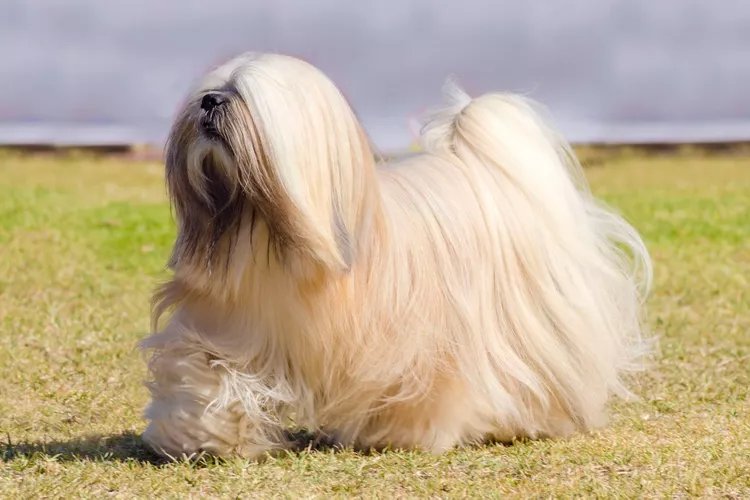
The Lhasa apso is a small non-sporting dog breed from Tibet that has a long, silky coat, which is touted for being low-shedding. Some pet parents trim the coat short in what’s called a “puppy cut” for easier maintenance. The Lhasa apso’s eyes are typically dark and oval, and their tail curls over their back.
Overall, these dogs have a well-balanced build, and they think they’re bigger than they are. These are hardy little dogs that tend to be smart and confident but also comical. Their history dates back centuries as a guard dog, and they were trained to watch over their home and family.
Learn more about the Lhasa apso, including the breed’s history, care needs, and temperament.
GROUP: Non-sporting
HEIGHT: 10 to 11 inches (male), slightly smaller (female)
WEIGHT: 12 to 18 pounds
COAT: Long, silky
COAT COLOR: Black, black and tan, cream, golden, grizzle, red, red gold, or white with/without white markings, black tips, brindle, sable, black mask with tips, or parti-color
LIFE SPAN: 12 to 15 years
TEMPERAMENT: Alert, affectionate, intelligent
HYPOALLERGENIC: Yes
ORIGIN: Tibet
The Lhasa apso typically has an affectionate personality with their family. They are incredibly loyal and may feel separation anxiety. But when it comes to strangers, they can be standoffish. There is also a vigilant watchdog aspect of their temperament, and they're a moderate barker.
The Lhasa apso originated in Tibet around a thousand years ago and evolved for the harsh climate of the Himalayas. Named for the city of Lhasa, their original name was Abso Seng Kye, which means the “Bark Lion Sentinel Dog.”
These small canines served as indoor watchdogs in temples and palaces. With their highly developed hearing, they would alert monks and others whether anyone got past the outdoor guard dogs—often Tibetan mastiffs and other large breeds.
Lhasa apsos long have had a connection with the Dalai Lama. In fact, the Dalai Lama gave a pair of Lhasas to naturalist and world traveler Suydam Cutting in the early 1900s. These dogs helped to establish the breed in the United States.
The American Kennel Club first recognized the breed in 1935 as part of the terrier group. But it was later moved to the non-sporting group in 1959.
Many celebrities have shared their home with Lhasa apsos. Examples include Elizabeth Taylor, Ellen DeGeneres, Gwen Stefani, and Jane Lynch.
Lhasa apsos require a moderate amount of exercise every day, and consistent training and socialization are a must for a well-adjusted dog. Their grooming needs can be fairly high, depending on the length at which you keep their coat.
These dogs don’t need too much exercise, and they are excellent lap dogs. Plan on around an hour of daily exercise for a Lhasa apso via walks, romping around in a secure area, playtime, dog sports, and other activities.
These dogs often will entertain themselves with toys to burn off some mental and physical energy, but they like being active with their humans as well. Puzzle toys are an especially good option to provide them with a mental challenge.
The Lhasa apso’s coat will grow continuously and thus needs regular trims. For easier upkeep, some owners opt for a puppy cut in which the hair is clipped fairly close to the body (about 1-2 inches long). But it’s also common to see Lhasa apsos with a long coat parted down the middle that extends almost to the ground.
The short coat should be brushed at least weekly. And the long coat must be brushed daily to prevent tangles and mats. You can use a wire brush and rake-like comb to keep the coat smooth.
Plan to bathe your Lhasa apso roughly every other week, especially if you keep the coat long. Dog-safe conditioner or finishing spray can help to remove tangles. Be sure to brush out and dry the coat well after a bath.
Check your dog’s ears at least weekly for wax buildup, debris, and irritation. And look at their nails at least monthly to see whether they’re due for a trim. In addition, aim to brush their teeth every day, especially since these dogs can be prone to dental problems like underbites.
Lhasa apsos are an intelligent breed. But they are only moderately easy to train due to their sometimes stubborn and strong-willed nature. They prefer interesting and varied, rather than repetitive, training sessions. And positive reinforcement methods, as opposed to harsh corrections, are a must.
Aim to start training from an early age to prevent bad habits from forming. And always be consistent with your commands. Likewise, start socialization from a young age to help quell the breed’s vigilant nature and wariness of strangers. Expose your dog to different people, other dogs, and various locations to boost their comfort level and adaptability.
Lhasa apsos are generally a healthy breed, but they are prone to some hereditary health issues, including:
Your dog should always have access to fresh water. And they should eat a high-quality, nutritionally balanced canine diet. A diet that has a sufficient amount of protein and fat is important to maintain the breed’s thick skin and hair.
It’s typical to feed two measured meals per day to ensure you’re not overfeeding. But you should always discuss both the type of diet and the quantity with your vet to make sure you’re meeting your dog’s individual needs.
If you're looking for a puppy from a reputable breeder, expect to pay around $600 to $1,500 on average, though this can vary widely.
The Lhasa apso is a fairly popular dog breed, so it's worth checking animal shelters and breed-specific rescue groups for a dog in need of a home.
For further information to help you find a Lhasa apso, check out:
The Lhasa apso is an adorable little lap dog with a beautiful coat that needs consistent grooming. They’re fun to play with, and they’re loyal and protective. But because they can develop separation anxiety, it’s important to spend enough time with this dog every day.
As with any breed, if you think the Lhasa apso is the right dog for you, be sure to do plenty of research before bringing one home. Talk to Lhasa apso pet parents, reputable breeders, rescue groups, and veterinarians to learn more.
If you're interested in similar breeds, check out:
There’s a whole world of potential dog breeds out there—with a little research, you can find the right one to bring home!
The Lhasa apso can do well in a household with older, respectful children. The breed overall has a moderate tolerance for kids but doesn't tend to put up with mishandling.
With proper training and socialization, Lhasa apsos do not tend to be aggressive. But they will still likely be watchful for perceived threats and bark when they feel it’s necessary.
Although these small dogs are similar, there are differences in their build and coat. Their personalities are also different because the Lhasa apso tends to be wary of strangers, while the shih tzu is outgoing.

Cute Pictures & Facts About Calico Cats & Kittens
Learn fascinating facts about calico cats, including photos, the genetics behind this color combination, and common folklore and traditions.
How to Prevent Cat Separation Anxiety During Vacations
Discover why cats develop litter box problems and cat behavior problems when you go on vacation and what you can do about it to help them.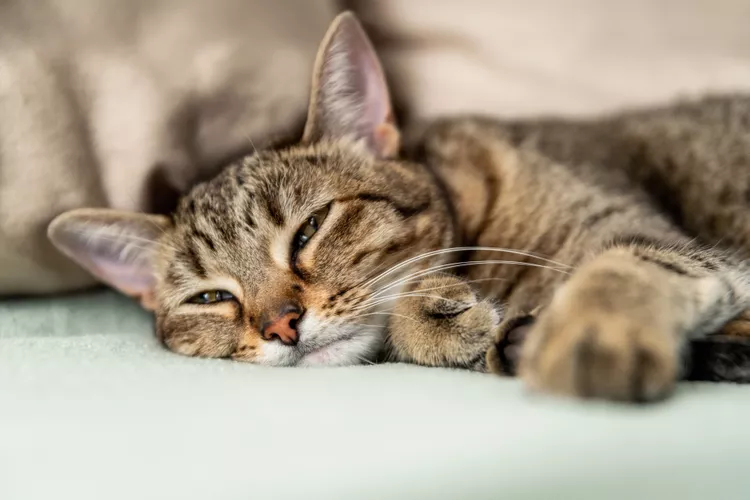
Cat Behavior Changes That Might Mean Something's Wrong
Cats' behavioral changes may indicate problems—or they may mean nothing at all. Explore causes of odd behavior and what to do about them.
Lhasa Apso: Dog Breed Characteristics & Care
The Lhasa apso is an ancient breed from Tibet that was bred to be a watchdog. Learn about its history, health, exercise needs, and more.
Reasons Why Dogs Run Away and How to Stop It
Dogs can escape, especially if they’re bored and not properly contained. Here are some techniques for stopping your dog from running away.
Can Dogs Get Depression? How to Help Your Sad Dog
Can dogs get depression? Learn about the signs of depression in dogs and find out how to help your sad dog.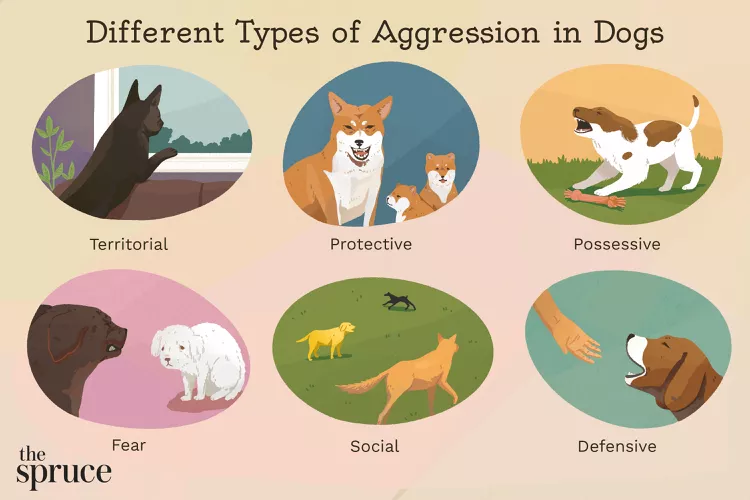
How to Stop Aggression in Dogs
Dog aggression can be a serious behavior issue for pet owners. Learn how to stop aggression in dogs before someone gets hurt.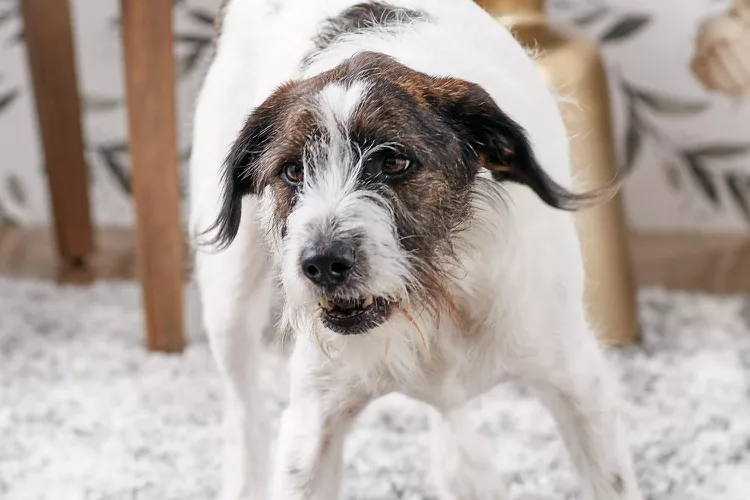
How to Stop Your Dog From Growling
A growling dog can soon become even more aggressive. Reduce the noise and potential for a dangerous situation with some of these techniques.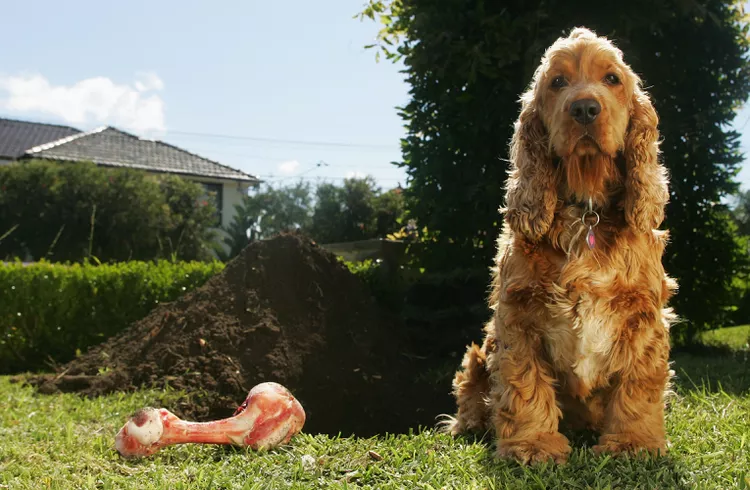
Why Do Dogs Dig Holes? How to Stop Your Dog from Relandscaping Your Yard
Dogs have been digging holes for centuries and for many reasons. Whether they’re bored or want to cool off in the dirt, here are the top reasons why dogs dig holes.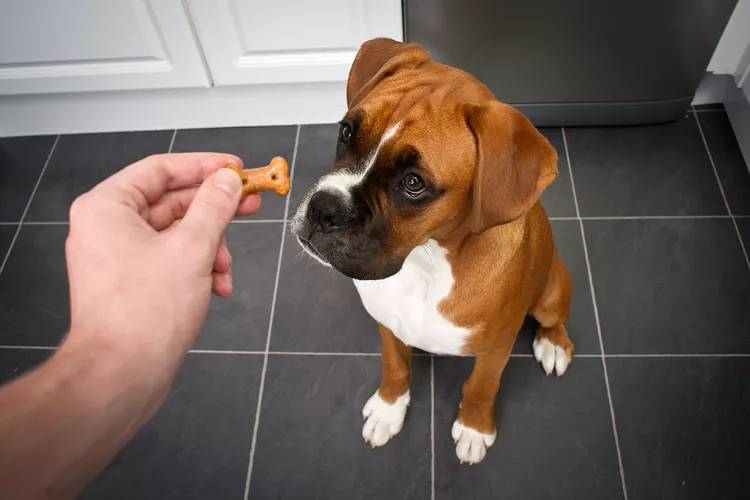
Dog Treat Varieties
Learn about the different types of dog treats on the market and decide which are best for your dog.
Can Dogs Eat Asparagus?
Dogs can eat asparagus, provided the vegetable is cooked plain and cut up for them. Seasonings, salt, and butter make it unhealthy for dogs.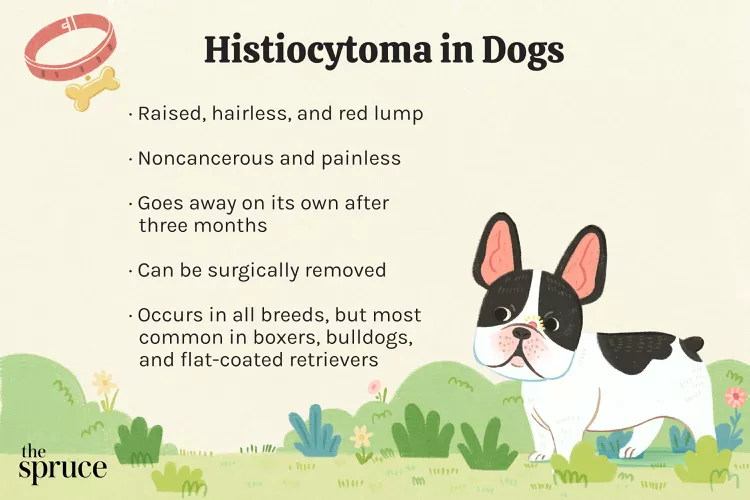
Histiocytomas in Dogs
A histiocytoma is a type of benign (non-cancerous) skin lump that usually affects young dogs. Learn the causes, treatment, and prevention.
Why Is My Dog’s Eye Swollen?
If your dog's eye is swollen, she may need veterinary attention. The inflammation could be caused by allergies, an injury, or even a tumor.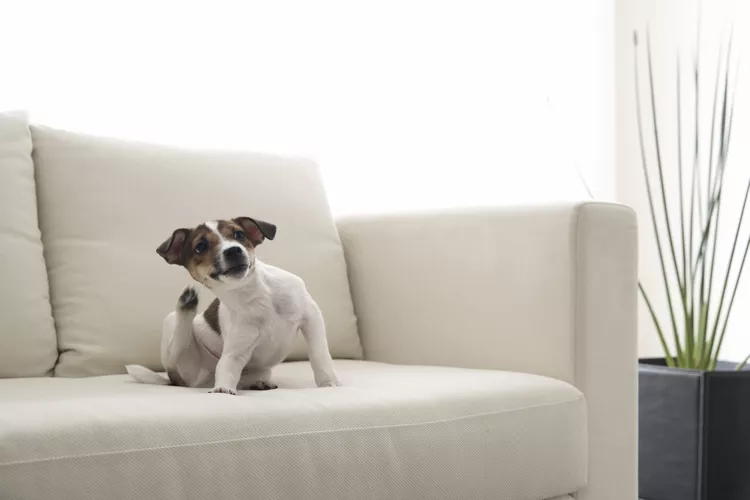
Common Bugs and Parasites Found on and Inside Dogs
Learn about common types of parasites in dogs. Find out how to treat and prevent parasites to keep your dog, your family, and yourself safe.
Exploring the Different Types of Pet-Friendly Beaches
Are you looking for pet-friendly beaches? Learn about the different types of pet-friendly beaches, their locations, and tips for visiting them with your pet.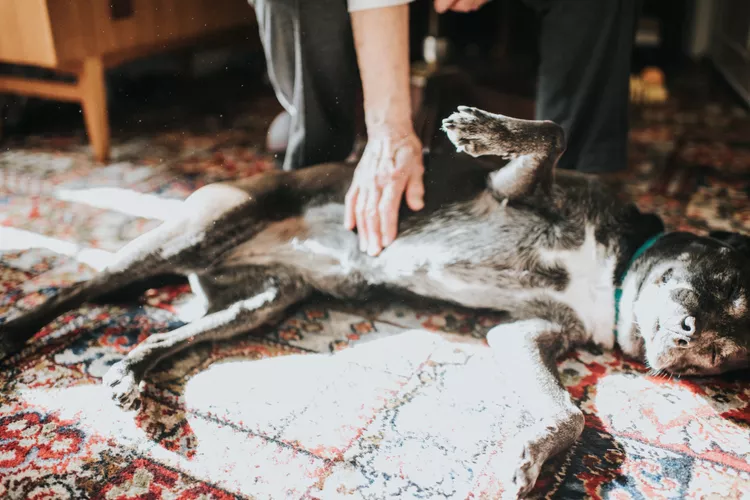
10 Obscure, Little-known Canine Facts in Honor of National Dog Day
With National Dog Day upon us, it's time to celebrate everything about our favorite pets—even the weirder stuff. Here are 10 obscure facts about dogs you probably didn't know.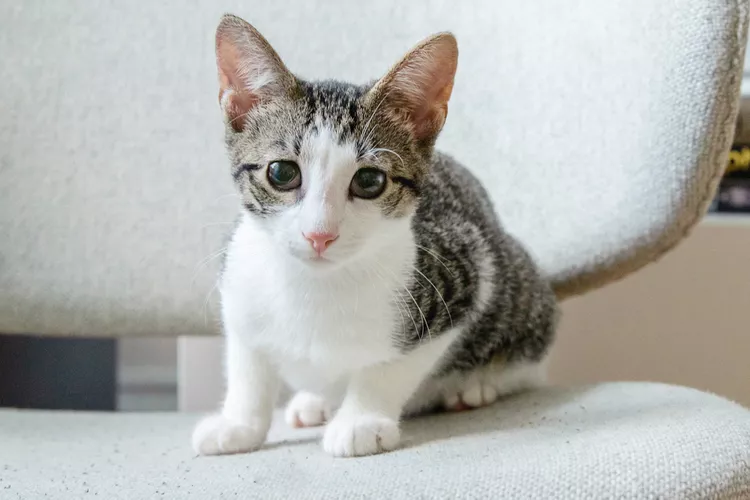
Kitten Development From 3 to 6 Months Old
Kittens grow and change a lot during their first year. Find out what happens between the ages of three months and six months old.
95 Siamese Cat Names
Our list of Siamese cat names has diverse and fun options to help you choose the ideal moniker for your elegant and lovable feline companion.
What to Buy for Your New Cat: A List of Essentials
Before you bring your new cat or kitten home, there are a number of things to collect or buy so your cat will feel welcomed like a family member.
The 6 Best Cat Nail Clippers of 2024 for a Safe Trim
Clipping your cat's nails can save your furniture and keep your kitty comfortable. We asked veterinarians for their cat nail clipper recommendations.